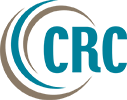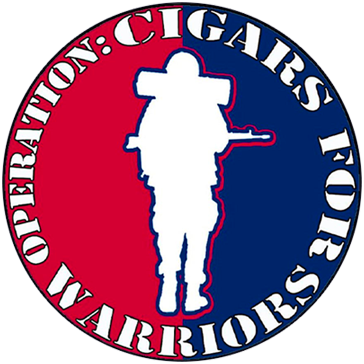Why Hydroelectric Power Plants Should Use Orkot®
Hydroelectric power plants provide enormous amounts of electricity to the communities, regions, and states that surround them. These hydro facilities perform an invaluable service to the communities they supply, so when a problem develops that takes a hydroelectric power plant off-line, it can affect thousands.
What's needed to keep these hydropower plants working efficiently, economically, and trouble-free is quality, readily available, customizable, and durable replacement parts when maintenance or refurbishment occurs. Upgrading to Orkot® products ensures high performance and longevity not provided by traditional metal equipment.
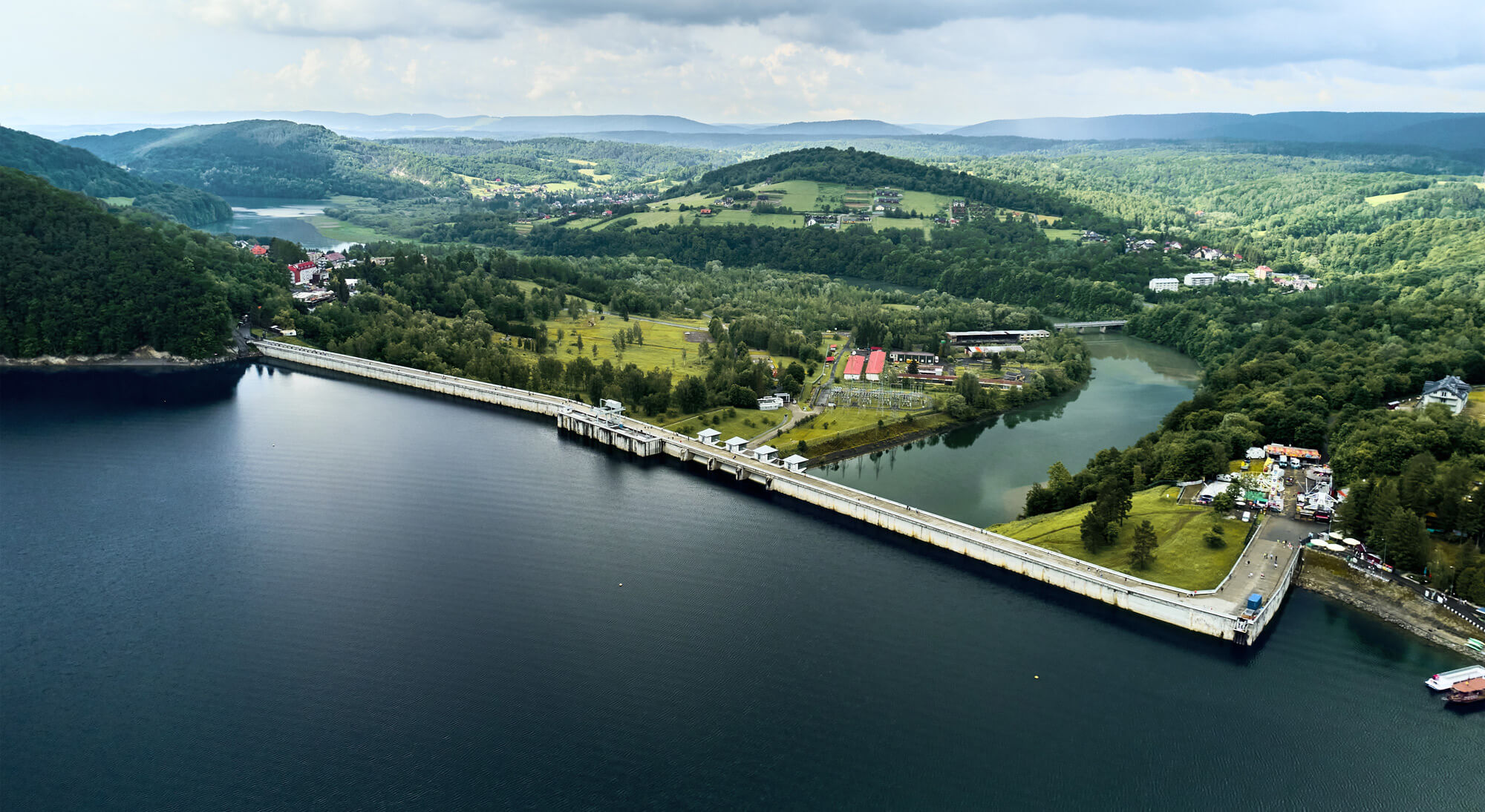
Hydroelectric Power Plants Face Unique Challenges
Hydroelectric power was and is a game-changer for any region. But like everything else, time takes its toll.
Aging Facilities Need Modernization and Upkeep
Multiple advanced economies today depend on hydropower facilities that date from the 1960s through the 1980s. On a global scale, almost 40 percent of the world's hydropower production facilities are at least 40 years old, with an average age worldwide of 32.
Nearly 70 percent of North America's hydroelectric plants are 40 years old or older. In Europe and Eurasia, especially in Russia, the percentage of hydropower plants aged 40 years or more is slightly smaller at 60 percent.
Hydroelectric power plants that are 45 to 60 years old need significant refurbishment and modernization to improve performance and meet the demands of the modern world. These improvements and upgrades are especially vital in countries that depend on these aging facilities to provide the bulk of their renewable electricity — improvements could potentially maintain the facility's output or increase it by five to ten percent.

Water Applications Require Special Environmental Care
Hydropower is a renewable, clean, low-cost energy source. The World Commission on Dams estimates that 45,000 large dams on the world's rivers generate 19 percent of the world's total electricity reserves. Production of energy by using flowing water requires the construction of dams that form reservoirs that transform enormous areas of land and alter the flow patterns of rivers.
For these reasons, using special care in the relocation of local inhabitants is necessary. Similarly, alterations in river flow and permanent flooding of large sections of land impart changes to the habitat of aquatic species. Diverting water for electricity generation can cause substantial flow reduction and unnatural fluctuations in water levels downstream. These changes in river flow and sedimentation impact the habitat of local aquatic species, requiring measures to accommodate the environmental conditions fishes and fowl need to complete their life cycles.
.jpg)
Responsibility to Those Who Rely on Hydroelectric Power
In the U.S., 48 percent of all renewable power came from hydropower in 2015. Hydropower accounted for a cumulative ten percent of electricity generation in the U.S. from 1950 to 2015, and 85 percent of the total U.S. renewable power generation over the same period. Hydroelectric power plants carry a responsibility to the regions and communities they serve.
Hydroelectric power plants that create reservoirs also offer local communities and regions recreational opportunities such as swimming, boating, and fishing and the economic benefits that accompany these amenities. Hydropower costs less than most sources of electricity. States that get most of their electricity from hydropower, such as Oregon, Idaho, and Washington, enjoy lower energy bills than the rest of the nation.

Hydroelectric power plants are not only clean and cost-effective, but also can provide immediate power to the grid when needed, making hydropower a reliable and flexible backup power source during periods of disruption or outages. Areas using hydropower also benefit from irrigation support, flood control, and a stable water supply to the communities they serve.
How Does Orkot® Meet Hydropower Needs?
With these challenges and considerations in mind, fiber-reinforced composite bearings like Orkot® have replaced greased bronze bearings and other components in hydroelectric power plants over the past few decades. Historically, components made for the proper functioning of a turbine consisted of a metal alloy such as steel, aluminum, or greased bronze bearings. Orkot® offers a load capability that's comparable to metal, but provides multiple advantages over traditional bearing materials.
Let's take a more in-depth look at what Orkot® offers hydropower plants.
What Is Orkot®?
Orkot® is the brand name for products made from Trelleborg Sealing Solutions' composite materials and has been used by offshore oil and gas, industrial, and shipbuilding applications for over 60 years. Over the past 20 years or more, Trelleborg Sealing Solutions has supplied the hydro industry and hydropower plants with its genuine Orkot® Hydro bearings.
Trelleborg is a leading global manufacturer of self-lubricating hydro bearings. Trelleborg manufactures Orkot® Hydro Bearings from their proprietary Orkot® TLMM and Orkot® TXMM materials by incorporating solid lubricants with woven fabric reinforcement within a thermosetting resin matrix.
.jpg)
Trelleborg’s History
Trelleborg Sealing Solutions began in 1952 as part of the Smiths Group's precision seals business. Named Polymer Sealing Solutions, this business consisted of rubber units: Dowty Automotive, Shamban, Busak+Shamban, and Forsheda. The company did well for many years before expanding again. This time, Trelleborg AB acquired Polymer Sealing Solutions in 2003. The company's marketing locations kept the name Busak+Shamban, but the manufacturing arm of the company took the name Trelleborg Sealing Solutions. It proudly retired the Busak+Shamban name in April 2007 and all the company's locations came under the Trelleborg Sealing Solutions name.
The hydroelectric industry recognizes Trelleborg Sealing Solutions as a world leader in the manufacture of self-lubricating hydro bearings. Orkot® Hydro Bearings enjoy a reputation for long life and reliability, and its history of proven performance makes Orkot® the preferred choice for critical hydropower applications. Made of a high-grade polymer composite material, Orkot® contains solid lubricants, making it virtually maintenance-free and accepting of shaft misalignment and edge loads even when subjected to the most demanding circumstances.
Testing Orkot®
All Orkot® bearings that Trelleborg manufactures are subject to the company's strict quality controls and testing procedures throughout the entire manufacturing process, from the acquisition of raw materials through the actual manufacturing process and through to delivery. Orkot® production facilities hold ISO 9001:2008 and ISO/TS 16949:2009 certifications in compliance with international standards and meet the stringent requirements for quality control, including management functions for production, purchasing, and marketing.
Trelleborg's continuous testing program ensures its Orkot® bearing materials meet the highest quality and performance standards. Testing laboratories at Trelleborg's factories have the equipment to carry out tribological and mechanical testing. Tribological testing includes both rotary and linear geometries and either dry or external lubrication with fluids such as water, grease, oil, etc. A range of counter faces obtains wear and friction data, including applications specific to a particular customer's requirements. Tensile, compressive, shear, flexural, and hardness are all measured in the mechanical testing procedures.
Orkot® Shaping
Orkot® is available in various forms, from tubes to sheets to custom shapes. Tube format is standard at 24 inches long and is available in a range of wall thicknesses. If sheet format is the preferred shape, they are standard at 24 inches by 48 inches with larger sizes available upon request. Sheets of Orkot® are producible up to six inches thick or bonded to make custom designs. Specific finished parts, raw tubes, or raw sheets are available upon request.
Orkot® Machining
Conventional machine shop techniques work well with Orkot® materials. For example, methods normally used for aluminum, brass, or lignum vitae will apply for Orkot® materials. If using cutting speeds of 5.5 meters per second, it is preferable to use tungsten carbide turning tools. When machining Orkot® materials, no cutting coolant is required.
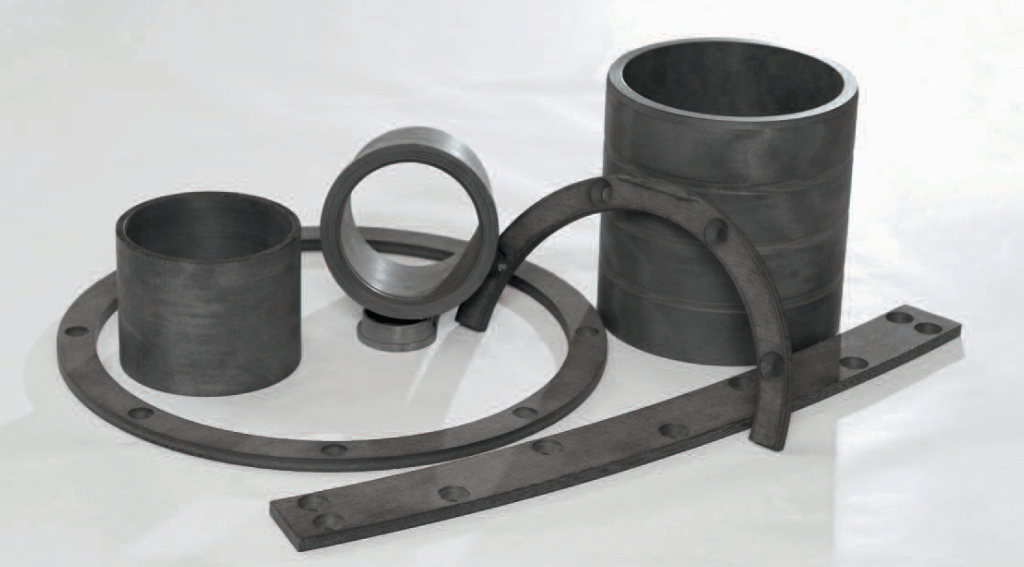
Properties of Orkot® in Hydropower Applications
The basic properties of Orkot® make this an ideal material for hydropower plants. Orkot® is comprised of a range of thermoset composite substances that incorporate innovative polymer technologies. These include technical fabrics engorged with thermosetting resins, solid lubricants that are evenly dispersed throughout the materials, and additives that ensure the production of an optimum solution. There are slight differences between the two grades of Orkot®, TLMM and TXMM, that together satisfy a variety of engineering applications. The cumulative effect gives Orkot® materials many advantages over other, more traditional metallic and polymeric bearings.
Some of the specific advantages of Orkot® properties in hydropower applications include:
- Low coefficient of friction: Low friction results in decreased wear rates and applies to both wet and dry environments.
- Dimensionally stable: Orkot® offers virtually zero swell in water (0.1% swell rate).
- High load capabilities: Orkot® materials generally fit in the same design envelope as more traditional bronze bearings, but Orkot® bearings have high ultimate compressive and yield strength. This makes it ideal where high load capabilities are necessary.
- Outstanding edge loading capabilities: Orkot® materials' mechanical properties allow their bearings to operate effectively under severe edge loading conditions without misalignment.
- Self-lubricating: Orkot® eliminates pollution concerns associated with petroleum-based lubricants and greases, offering a much more environmentally-friendly alternative.
- Asbestos free production: The manufacturing process for Orkot® doesn't use asbestos, which makes for a non-toxic product.
- High-temperature tolerance: Orkot® materials are usable in environments up to 200 degrees Celsius.
- Easy to install: Orkot® can be press-fit, bonded, mechanically fastened, or freeze fitted (without risk of shattering) depending on the circumstances.
- Easy to machine: Methods used for brass, aluminum, or lignum vitae will typically apply to Orkot® materials.
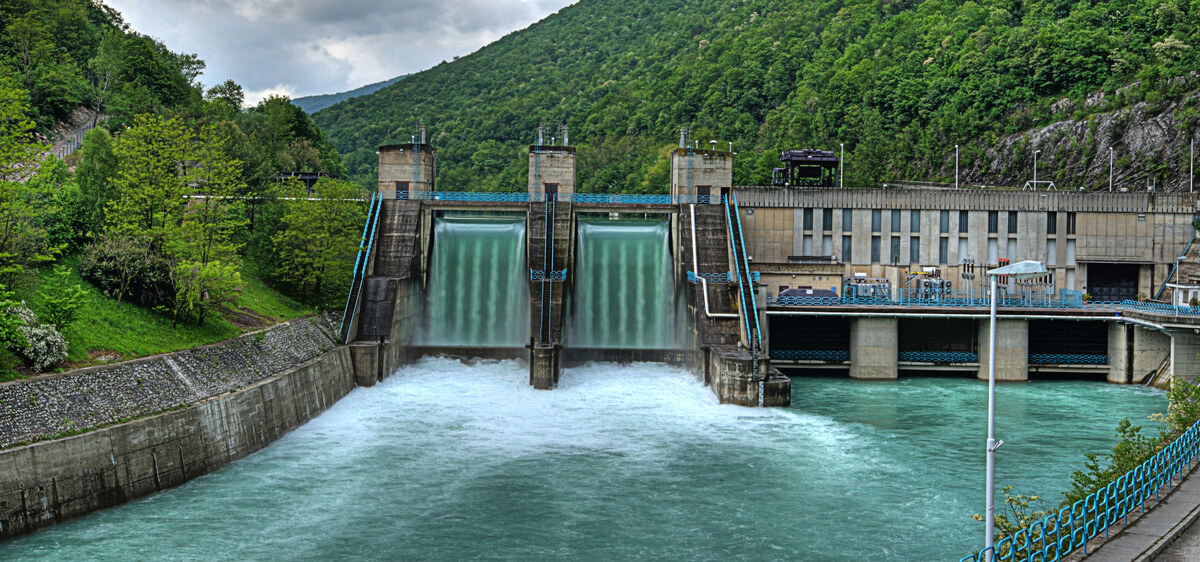
Orkot® Hydropower Plant Parts
Need replacement parts for your hydro turbine, hydropower plant, or another specific hydro bearing replacement? Here are some common parts that Orkot® materials replace:
- Wicket gate and guide vane bearings
- Wicket gate linkage and thrust bearings
- Horizontal and vertical main guide bearings
- Control gate bearings
- Eccentric pin bearings
- Servo motor bearings
- Fish pump steady bearings
- Kaplan runner blade bearings and thrust washers
- Butterfly valve shaft bearings
- Operating rings, vertical and horizontal wear pads
- Trash rake bearings and wear pads
- Bulkhead wear pads
- Spillway gate trunnion bearings and thrust washers
.png)
.png)
.png)
.png)
.png)
Download the Orkot® Hydro Bearings Engineering Manual for information about Orkot® installation methods and recommendations
Orkot® Hydroelectric Success Stories
From 1990 to 2015, hydro and marine professionals have made 2,998 Orkot® installations across the globe. The following links provide a few examples of the myriad success stories around Orkot® hydropower materials and products:
Refurbished Kaplan Turbines with Orkot® Bearings
The Carillon Power Station is a "run-of-river" power plant that's equipped with fourteen generating units with a total capacity of 753MW, making it the most powerful hydroelectric power station on the Ottawa River. When all fourteen turbine generator units were slated for refurbishing, a project that would span sixteen years, they decided to partner with CRC Distribution to supply Orkot® greaseless bearing materials.

Creating a Grease-Free Environment at Dinorwig Power Station
The six-unit, 1,728-MW Dinorwig Pumped-Storage Power Station in North Wales operated with the capability of making 40 mode changes per day across a 12-month period without any scheduled maintenance. Commissioned in 1982, Dinorwig met that obligation, except for some of the grease-lubricated bronze turbine bearings, which required replacement as often as every two years. As electricity demand rapidly increased, this replacement schedule became costly. After three years of exhaustive testing, Orkot® TXMM bearings were selected to replace the original grease-lubricated bronze bearings. By 1999, the station was converted to grease-free turbines. The absence of grease has improved the working environment around each generating unit, eliminated the leak of grease into the lake water, and saved on the cost of grease and equipment for dispensing it. Several methods for replacing the bronze bearings and greasing them were tried, each unsuccessful over time. In 2000, the decision was made to replace the bearings with Orkot® non-metallic, self-lubricating bearings.

Spillway Gate Friction Analysis
Pre-1980 dam gates were commonly designed with trunnion bearings. After five radial gate breakages occurred in Norway and abroad, increased friction and seizure of bearings on dam gates became a critical concern. To inspect and perform maintenance on gate trunnion bearings, dewatering of the dam and dismantling of the bearing are often necessary. This requires lowering the water level in the reservoir, which is time-consuming and costly. Exhaustive testing was done using varying types of greased bearings, with none performing at a superior level. In 2000, the decision was made to replace the bearings completely with Orkot® non-metallic, self-lubricating bearings. Subsequent testing showed the friction coefficients remained within the manufacturer's stated values.
.jpg)
Rehabilitation of Trunnion Assemblies
A spillway gate at Folsom Dam near Sacramento, California, failed in 1995, bringing the hydropower industry's attention to the potential for excessive coefficients of friction in trunnion assemblies. Upon investigation, it was discovered that the gate's trunnion assemblies suffered stress corrosion that cracked the bronze alloy washers. The decision was made to replace the bronze-alloy-based washers and bearings with a corrosion-resistant composite material. Orkot TXMM® is a polyester fabric reinforced thermoset that incorporates a Teflon® bearing surface with solid lubricants to produce a self-lubricating low friction bearing. This was the material chosen for the replacement project. Upon completion, the dam's operators expect a reduction in trunnion friction, optimum operation of the spillway gates, and enhanced reliability of the system.
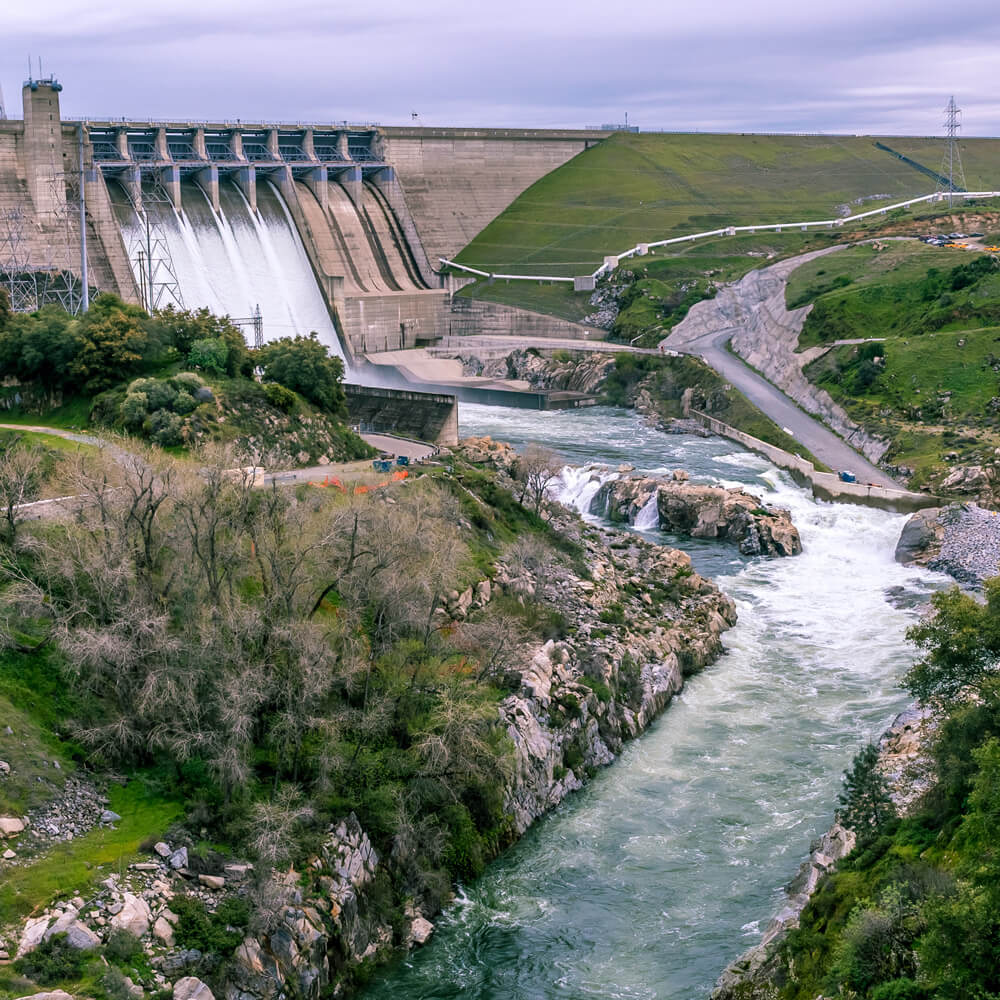
How to Switch to Orkot® Hydro Bearings
Switching an existing hydropower system to Orkot® Hydro Bearings is easy:
- Contact CRC Distribution to obtain a quote for the project. Include the theoretical dimensions for the bushings and a projected timeframe.
- Bushings are staged and revised dimensions are recorded if needed.
- CRC's Orkot® engineering department will utilize the housing dimensions and other information you provide to produce a calculation sheet with the final customized, machined dimensions for the parts needed to complete your project.
- Once you've approved the calculation sheet, you can machine your bushings on-site or have CRC machine them and ship them out to you.
Orkot® Installation Methods in Hydroelectric Applications
Fitting Orkot® bearings into hydroelectric applications happens through one of the following methods:
- Freeze fitting can be any one of three methods: immersion method (uses liquid nitrogen), vapor method (uses liquid nitrogen,) and using dry ice and alcohol.
- Press fitting with a hydraulic press or center pull jacks must be sure to press the bearing fully into the housing.
- Bonding will depend on the design employed. Be sure to note that Orkot® materials can bond to both metallic substrates and to itself.
Orkot® Pricing for Hydroelectric Power Plants
Orkot® products are not mass-produced, off-the-shelf, one-size-fits-all parts for hydroelectric power plants. Many factors affect Orkot® pricing for your specific hydropower equipment, and CRC fits its Orkot® bearings, bushings, and other parts to your unique project requirements. Are you ready to discover what CRC Distribution can offer you? Click here to get a quote.
Orkot® Hydroelectric Parts Provider
CRC Distribution has everything you need to build, maintain, refurbish, and repair your hydroelectric power project. CRC Distribution is fast and reliable in supplying cut-to-specification metals, hydraulic seals, and cylinder components. We offer an extensive selection of pre-honed tubing and chrome-plated piston rods along with custom seals that can be machined to order, up to 1400mm.
A hydroelectric power plant is a vital piece of an area's infrastructure. If it goes down, thousands of people can have their daily lives disrupted. To minimize the chances of downtime, make certain your hydropower plant is up to the task. Make certain you're running Orkot® materials.
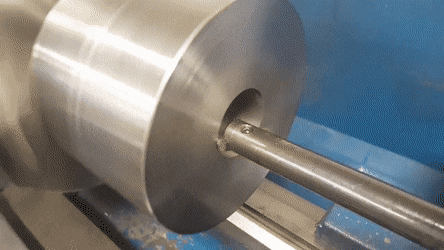
Contact us for an accurate, custom Orkot® quote for your hydroelectric power plant.
